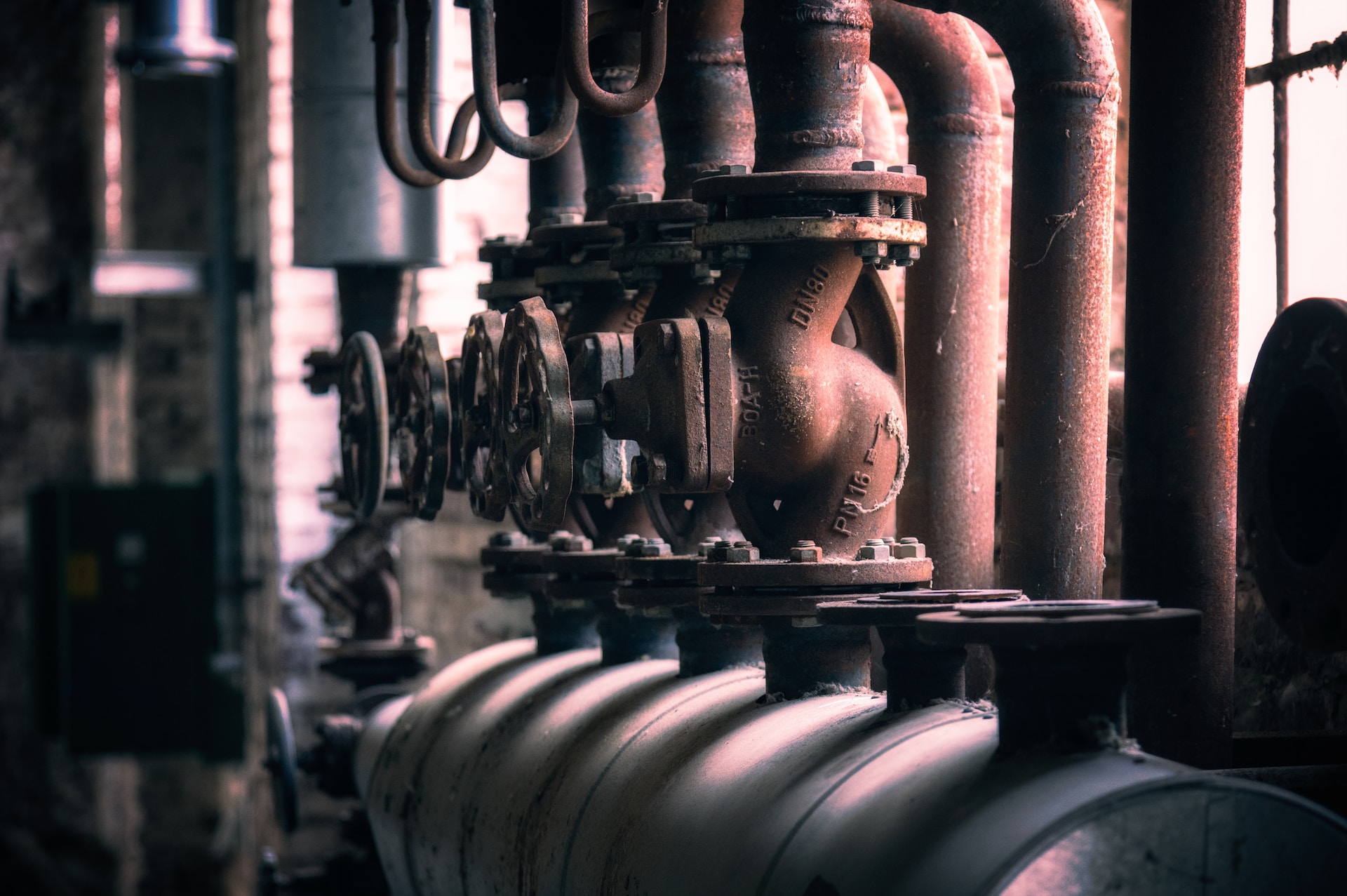
Hydrostatic Pressure Testing
Introduction to Hydrostatic Pressure Testing
Hydrostatic pressure testing is a common technique used to evaluate the strength and leak prevention of different systems and components, especially those meant to hold fluids or gases under pressure. This method includes applying higher internal pressure than its normal operating conditions to verify its ability to withstand such stress.
Procedure for Hydrostatic Pressure Testing
The process of hydrostatic pressure testing involves filling the object or system with water and sealing all openings and vents. Pressure is then gradually applied to reach the desired test pressure, which is maintained for a specific duration. Test Engineers closely monitor for leakage, distortion, or failure using various tools such as pressure gauges and leak detectors.
An important benefit of hydrostatic pressure testing is its ability to uncover hidden weaknesses and defects that may not be visible during normal use. By subjecting the object or system to higher pressure, any cracks, leaks, or flaws can be detected early on for timely repairs or replacements to prevent major failures. Furthermore, this testing method is non-destructive, allowing the object to be put back into operation after passing the evaluation.
Applications of Hydrostatic Pressure Testing
Hydrostatic pressure testing is crucial in a wide range of industries such as oil and gas, petrochemical, manufacturing, construction, and utilities. This testing method is commonly used to verify the strength and durability of pipelines, tanks, boilers, pressure vessels, heat exchangers, and plumbing systems. Regulatory requirements and industry standards often dictate the need for hydrostatic pressure testing in order to meet safety regulations and quality control measures.
By subjecting important equipment and systems to thorough hydrostatic pressure testing, companies can improve the reliability and efficiency of their infrastructure, reduce the chances of leaks or malfunctions, and uphold a secure working environment. This testing process is essential in safeguarding the safety and dependability of various industrial systems, instilling confidence in their performance and functionality.